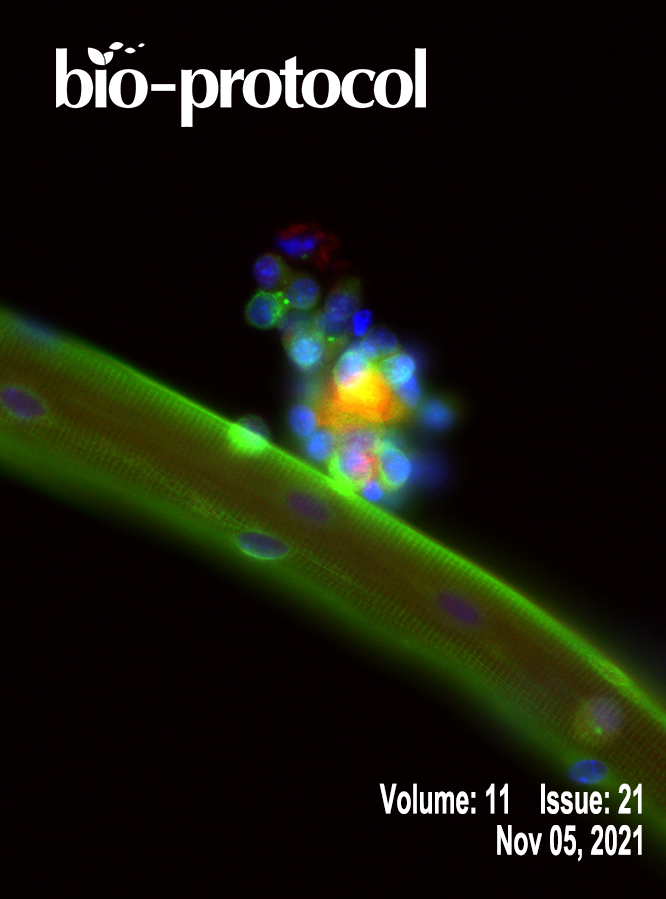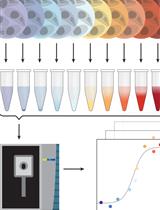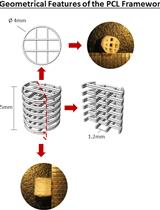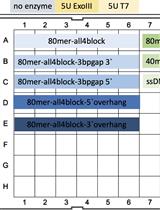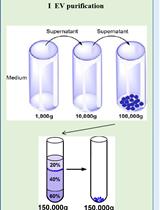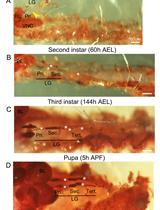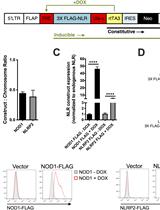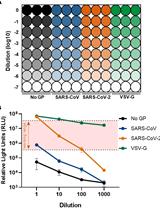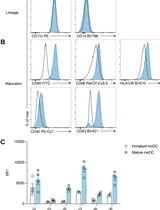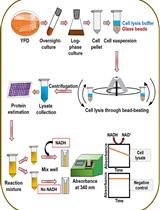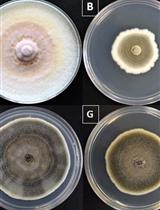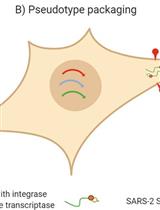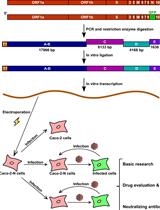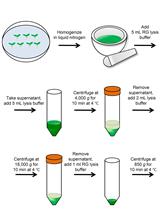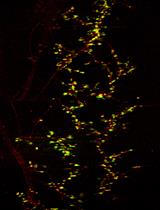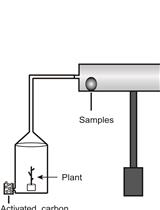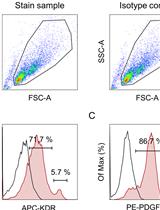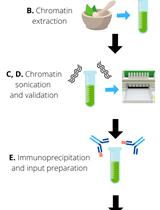往期刊物2021
卷册: 11, 期号: 21
生物化学
Thermal Proteome Profiling to Identify Protein-ligand Interactions in the Apicomplexan Parasite Toxoplasma gondii
弓形虫热蛋白质组分析以识别顶复体寄生虫中的蛋白质-配体相互作用
生物工程
Development of a 3D Bioprinted Scaffold with Spatio-temporally Defined Patterns of BMP-2 and VEGF for the Regeneration of Large Bone Defects
开发具有 BMP-2 和 VEGF 时空定义模式的 3D 生物打印支架,用于大骨缺损的再生
癌症生物学
Measuring Real-time DNA/RNA Nuclease Activity through Fluorescence
通过荧光测量实时 DNA/RNA 核酸酶活性
发育生物学
APEX-mediated Proximity Labeling of Proteins in Cells Targeted by Extracellular Vesicles
APEX 介导的细胞外囊泡靶向细胞中蛋白质的邻近标记
Intact in situ Preparation of the Drosophila melanogaster Lymph Gland for a Comprehensive Analysis of Larval Hematopoiesis
黑腹果蝇淋巴腺的完整原位制备用于综合幼虫造血分析
Targeting the Expression of Long Noncoding RNAs in Murine Satellite Cells from Single Myofibers
靶向小鼠卫星细胞中长链非编码 RNA 的表达
免疫学
Lentivirus-mediated Conditional Gene Expression
慢病毒介导的条件基因表达
Production of Recombinant Replication-defective Lentiviruses Bearing the SARS-CoV or SARS-CoV-2 Attachment Spike Glycoprotein and Their Application in Receptor Tropism and Neutralisation Assays
携带 SARS-CoV 或 SARS-CoV-2 附着尖峰糖蛋白的重组复制缺陷慢病毒的生产及其在受体向性和中和试验中的应用
Suppression of Human Dendritic Cells by Regulatory T Cells
调节性 T 细胞抑制人树突状细胞
微生物学
Quantification of Duloxetine in the Bacterial Culture and Medium to Study Drug-gut Microbiome Interactions
在细菌培养和培养基中定量度洛西汀以研究药物-肠道微生物组的相互作用
An Assay to Determine NAD(P)H: Quinone Oxidoreductase Activity in Cell Extracts from Candida glabrata
测定 NAD(P)H 的分析:光滑念珠菌细胞提取物中的醌氧化还原酶活性
Determination of Fungal Tolerance Index to Heavy Metals and Heavy Metal Resistance Tests
真菌对重金属的耐受指数的测定和重金属抗性试验
分子生物学
Production, Titration, Neutralisation, Storage and Lyophilisation of Severe Acute Respiratory Syndrome Coronavirus 2 (SARS-CoV-2) Lentiviral Pseudotypes
严重急性呼吸系统综合症冠状病毒 2 (SARS-CoV-2) 慢病毒假型的生产、滴定、中和、储存和冻干
A Nucleocapsid-based Transcomplementation Cell Culture System of SARS-CoV-2 to Recapitulate the Complete Viral Life Cycle
基于核衣壳的 SARS-CoV-2 转互补细胞培养系统,重现完整的病毒生命周期
Enrichment of Cytoplasmic RNA Granules from Arabidopsis Seedlings
从拟南芥幼苗中富集细胞质 RNA 颗粒
神经科学
Whole-mount Staining of Mouse Diaphragm Neuromuscular Junctions
小鼠膈肌神经肌肉接头的整体染色
植物科学
Preference Test of Plutella xylostella Larvae upon DMNT Treatment
小菜蛾幼虫对DMNT处理的偏好试验
干细胞
High-throughput 3D Spheroid Formation and Effective Cardiomyocyte Differentiation from Human iPS Cells Using the Microfabric Vessels EZSPHERETM
利用微细血管EZSPHERETM从人类iPS细胞中进行高通量三维球状细胞形成和有效的心肌细胞分化
系统生物学
Histone modification ChIP-seq on Arabidopsis thaliana Plantlets
拟南芥植株上的组蛋白修饰ChIP-seq


